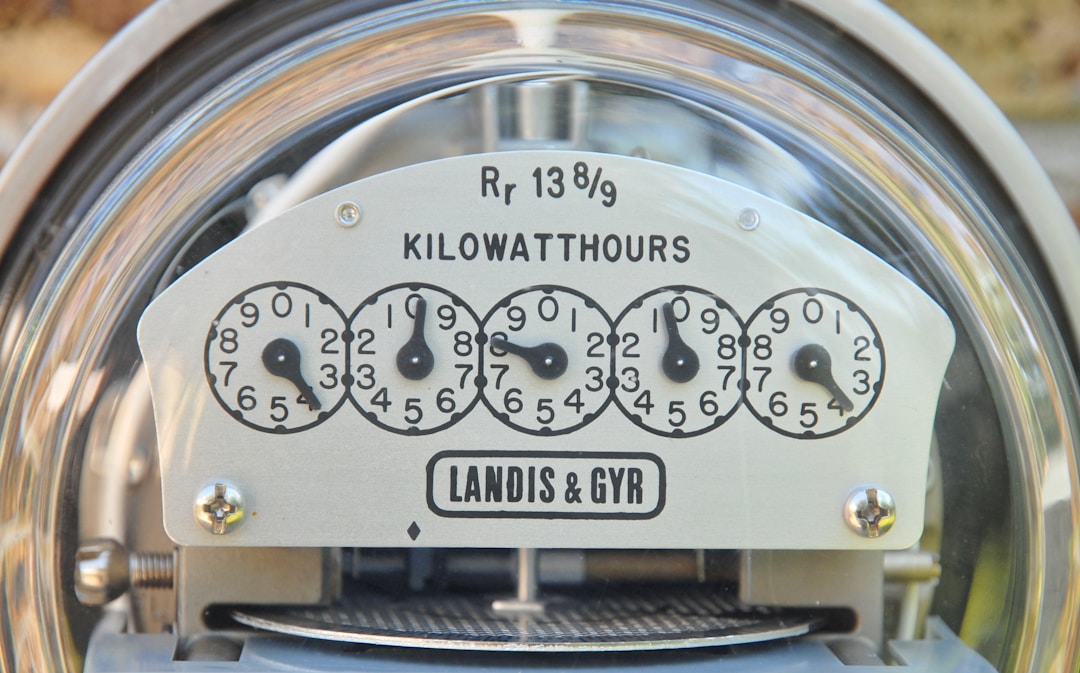When it comes to your HVAC system, it is the workhorse of your home year-round. As weather changes place demands on your system, it works to keep your home comfortable. Without regular maintenance, however, your system might struggle to keep up. When the leaves begin to turn colors, it is the perfect time to ensure that your heating system will keep your family warm and comfortable during the winter. Fall is the best time of year to perform seasonal maintenance, as you will still have time to correct any issues before it gets cold.
When someone drives their automobile for thousands of miles, it often requires an oil change and tune-up to continue running. Similarly, your HVAC system accumulates several service hours each season and requires routine attention. Preventative maintenance is the best way to ensure that your system is in good working order. As the weather turns colder, you can prevent high heating bills and costly emergency repairs. Let’s take a look at some of the must-know benefits of a fall HVAC tune-up.
Reduced Energy Bills

Depending on where you live, the winter season can place serious demands on your HVAC unit. Typically, energy bills will fluctuate as your heating needs increase. Regular maintenance on your heating system, however, can help lower your energy costs. Throughout the year, wear and tear can lead to loose wiring connections, small leaks, and dirt and dust buildup. Many of these issues can force the HVAC system to work harder and impact the unit’s energy efficiency. When your system has to use more energy to heat your home, it can significantly impact your energy bills.
During your annual maintenance appointment, the HVAC technician will check and clean the unit thoroughly. Professional maintenance will also include a regular tune-up to address many common problems. Scheduling fall maintenance will help to address the many issues that lead to inefficiencies with your HVAC unit. Maintenance service during the fall season will ensure that your system is running at peak performance to deliver warm air and lower heating bills throughout the winter.
Prolonged System Life
Most experts agree that your HVAC system should last around 15 to 20 years. With regular maintenance, however, you might be able to extend the life of your unit by 30 percent. When minor problems turn into larger issues, they can take a toll on the life expectancy of your system. Routine maintenance can catch smaller issues before they develop and preserve your equipment’s health and life span.
Just as seasonal maintenance can prolong the life of your HVAC unit, neglect can lead to system failure. Failing to get annual maintenance before the demands of the winter heating season could seriously harm your unit. Without proper care, your system might continue to run with several undetected problems. As discussed, however, these problems can eventually break down your system over time. Without proper seasonal maintenance, cold temperatures and unresolved problems can lead to premature system failure.
Fewer Problems

If your HVAC equipment breaks down during the winter, you could be left in the cold, literally. When systems stop working, homeowners can be faced with costly repairs. Additionally, if your system malfunctions after hours or on the weekend, emergency service can be even more expensive. Fortunately, fall maintenance can catch many of these problems before they require expensive repairs.
The service technician will ensure that the entire system is free from issues and running as it should. Aside from catching any problems, regular maintenance could also increase the performance of your system. This could lead to fewer airflow and air quality problems inside of your home as well.
Early fall is the ideal time for regular HVAC maintenance, as it will give you time to correct any issues before the winter months. When the weather turns colder, seasonal maintenance will ensure that your system is in good shape.
